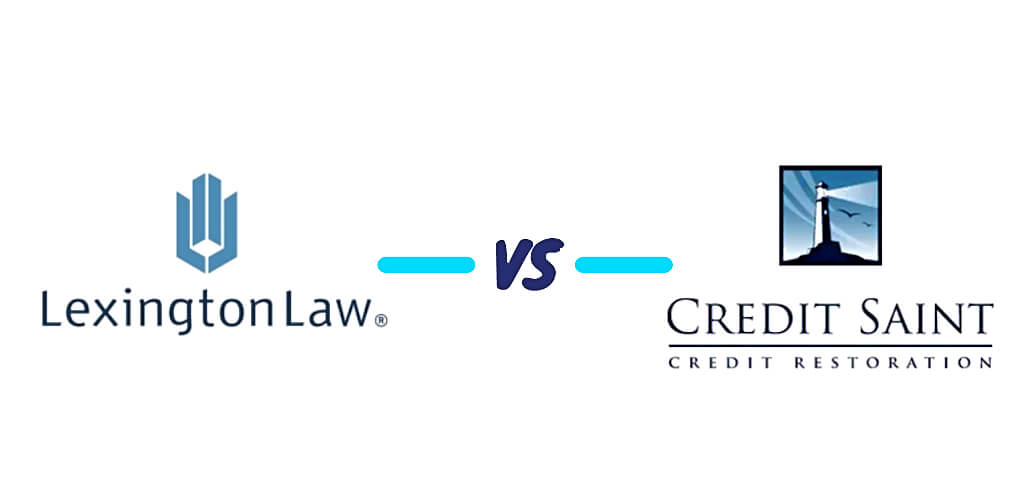The Sample of Pay for Delete Letter for Credit Repair
Disclaimer: We offer completely free content to our users. However, articles or reviews may contain affiliate links and we may earn a commission. Learn more about how we make money.
Seven long years must pass before a credit reporting bureau deletes a collection or charged-off account from its records. During that time, it will continue impacting scores and may spell trouble when applying for new credit products. There is a way to petition debt collectors to remove the collections account from your records, and it involves writing a pay-for-delete letter.

It’s a long-shot strategy as it has a low chance of success. If it works, it can lead to increased scores, particularly for recent collection accounts. Let’s examine in detail how to write a pay-for-delete letter in 2021. You will also learn how to increase the pay-for-delete letter success.
What is Pay for Delete Letter?
The pay for delete letter is an attempt to take advantage of the powers granted by credit reporting bureaus to information furnishers such as debt collectors or banks.
CRBs, by their very essence, rely on the voluntary submission of information by creditors. The credit bureaus often take their word as “truth” as they don’t have any mechanism to re-verify each entry.
So, if a collector reports that you have an outstanding collections account, the CRB will include this information in your personal reports. The reporting process tends to be susceptible to many errors, and various studies have concluded that a majority of reports have inaccurate information.
The burden of proof lies with the CRBs. That is why if consumers discover errors in their reports, they first write dispute letters to credit bureaus to ask for reinvestigations.
During the investigations, CRBs also rely on the information furnishers to confirm the accuracy of challenges. Creditors may also change the information they previously reported at any time.
You get a sense of the power entrusted to information furnishers. However, creditors are barred from reporting inaccurate information by the Fair Credit Reporting Act if they have prior knowledge of the inaccuracy.
Writing a pay-for-delete letter does not involve challenging inaccuracies. You try to ask the debt collector to modify entries about collections accounts. People have been making such requests by writing letters. That’s where we get the term of a pay-for-delete letter.
How does a Pay for Delete Letter Work?
If you find yourself writing a pay-for-delete letter for collections, it means that the entry is indeed accurate and that you owe the amount listed. You may feel powerless but in actuality, you have some bargaining power.
Debt collectors only care about getting their money back. They are businesses that purchase debts that mainstream lenders have written off as losses, sometimes for 10 cents on the dollar. A debt collector then uses all means to collect, including calling you multiple times a day and threatening to sue and garnish your wages.
Debt collection is indeed an expensive process. The less time and effort it takes to recover a debt, the more profits the collection agency makes. Rather than making it difficult to collect, you approach the debt collection company with an offer to pay the debt. The pay-for-delete letter for collection accounts communicates this offer. It may state, for instance, “I am offering to clear all the outstanding debt of $5,000.”
Because you’re making it easier for them, they also have to compromise. The request is quite simple. Upon making the payment, the collector should remove the negative information from all reports.
Does pay for delete work? Some debt collectors may jump at this opportunity. However, some collection agencies may have policies discouraging any form of payment for deletion. Some companies may state that it’s a matter of principle.
When debt collectors enter into agreements to furnish information to CRBs, they must agree only to report accurate entries. Credit reporting agencies also discourage collectors from allowing customers to pay to remove credit report entries. That is because it fundamentally threatens their credibility. The bureaus exist for the sole purpose of supplying information to potential lenders in order to determine the risk of lending to customers.
Pay for Delete Letter Template
It’s really important to use the right wording when negotiating pay-for-deletion agreements. Customers are cautioned not to provide too much information that may be used against them by debt collectors. Using a carefully worded pay-for-delete letter template can help.
Here is a sample pay-for-delete letter you can implement:
<Name>
<Full Address>
<City, State, Zip Code>
<Phone Number>
<Email Address>
<Date>
<Contact name at Collector Agency>
<Role>
<Agency Name>
<Address>
<City, State, Zip Code>
RE: Pertaining to the following account
Account Number:
Past Creditor:
Amount Owed:
Dear <Contact name>
I am writing this letter in response to your last correspondence on [date] about the collections account listed above. I’m prepared to offer a settlement for [amount] under the following terms:
- You will accept the settlement as full payment of the outstanding debt on the account and will not list the account as “paid collection” or “settled”.
- You will delete reference to the account from the credit reporting bureaus (Experian, Equifax, and TransUnion) and other bureaus where you have previously reported the account.
- You will not mention the debt or its settlement to third parties, excluding the original creditor.
- The debt will not be sold or transferred to another creditor.
I am prepared to initiate conversations with a member of the agency if the following conditions are met. The offer stands for the next fifteen days, and it’s not a promise to pay the debt nor an acknowledgment of its liability.
This is a restricted offer where all the terms of the agreement must be agreed to before full payment of the stated account can be made. Upon acceptance of the terms, I request a signed agreement mentioning the terms from an authorized representative on the company letterhead. The letter will be treated as a valid contract subject to the laws in my state.
If fifteen calendar days pass without a response, I reserve the right to withdraw the offer. Please feel free to contact me through the following channels:
Email:
Phone:
Sincerely,
<Name>
Tips for Sending a Pay for Delete Letter
There is no telling how debt collectors may respond to letters to remove charge-offs from credit reports. The collector may even send you a collection of payment letter to demand payment. How can you increase the chances of success?

Step 1: Show defiance and be relentless
Debt collection agencies are not impervious to such requests. They see them all the time. The power rests with them, and they are on the right side of the law. They may consider a letter as a bluff or desperate technique you picked up from the Internet. That’s why it helps to play their game by not giving up even if they turn down the first request. You can follow up by writing another pay-to-delete debt form with better terms.
Step 2: Show how you will pay
If collectors agree to the terms, they may not allow additional time to source the funds. Make sure the funds are available, preferably in a savings account for settlement.
Step 3: Keep it simple and straightforward
Don’t add information that’s too revealing about your current financial position. Creditors may opt out of the offer if they see a potential chance to squeeze out more money.
Step 4: Retain a duplicate
Debt collectors are not an honest bunch, as the industry has received many complaints in the past. Keep duplicates of any communication. If they respond, counter-check the agreement to make sure it’s from an authorized person and if they have agreed to all the terms.
Step 5: Ask for help
Exclusive pay-for-delete credit repair companies do not exist. However, if you’re currently signed up for a paid service to dispute negative information from your reports, they may offer some advice on the side. Similarly, be wary about services that advertise pay-for-delete credit repair. There is nothing they can do that you can’t do yourself. The process has a low chance of success and should not be constituted as a separate paid service.
Step 6: Request Certified Return Receipt
You should request electronic verification if the letter was delivered. It provides assurance that the debt collector may have seen the request.
What Should You Do if a Pay for Delete Letter is Rejected?
Don’t give up hope if the lender rejects the pay-for-delete offer. Similarly, debt collectors may agree to the terms, but later state that they were unsuccessful in removing entries. There is no option to sue them, and you can’t really write a dispute letter to credit bureaus disputing the account.
Take all measures to pay the debt, regardless if they choose to settle. That’s because you may get lucky if the lender uses FICO Score 9 or VantageScore 3 to generate scores. The updated scoring models don’t take into account paid in full collection accounts.
Debt collectors may also transfer the account. It happens very often, sometimes after six months. The new collector may agree to settle. As with any new debt, request debt validation with each new creditor to ensure that the owed amount stays accurate.
Try to increase scores by other possible means. For instance, analyze the report for other errors and clean up credit reports by filing disputes with the CRBs. A dispute letter is equally easy to write, but you can use the credit dispute letter template by the CFPB.
Consider applying for secure loan products, including personal loans and secured credit cards. They can generate positive information to offset the collections account.
Conclusion
Collection accounts are negative scars on credit reports. However, they don’t last indefinitely. They will fall off the reports within seven years.
In the meantime, try to raise credit scores using other ways. Credit repair companies such as Lexington Law can help. However, don’t prioritize paying for these services if you have a huge debt burden. It’s possible to do everything yourself.






